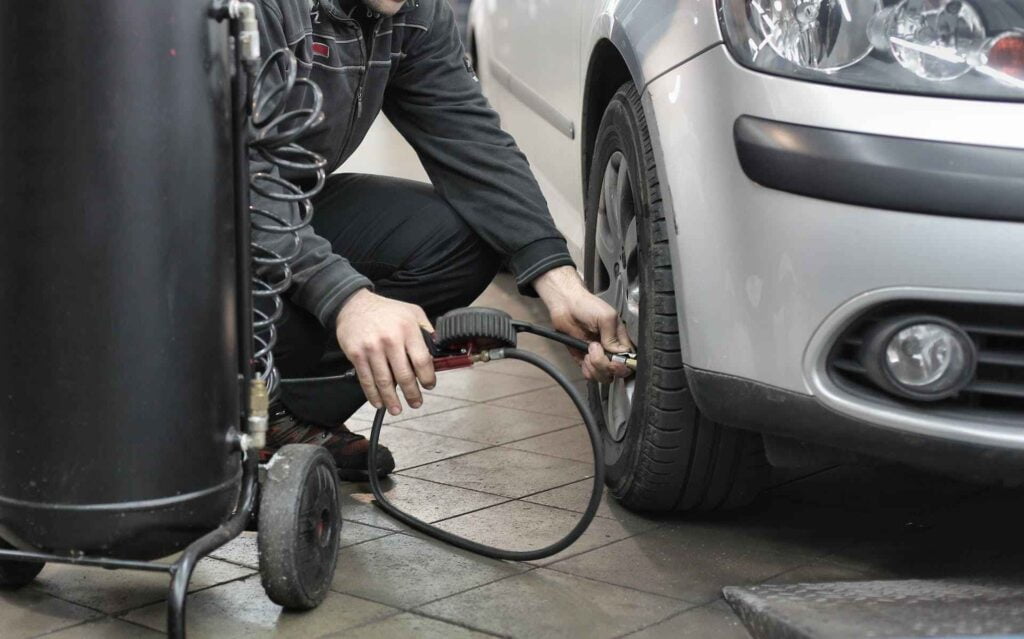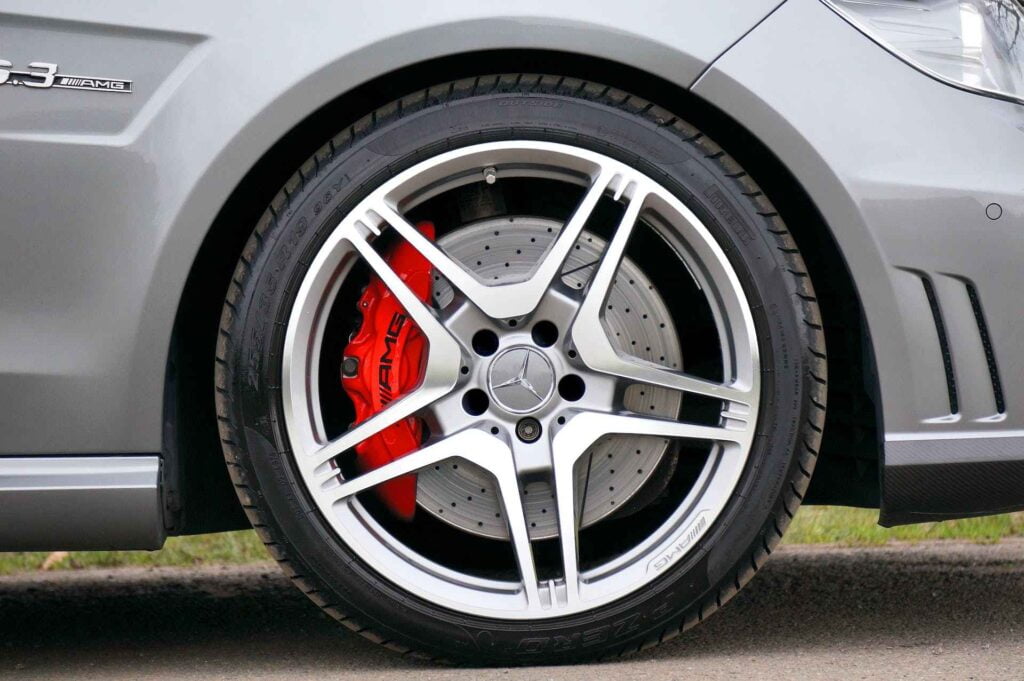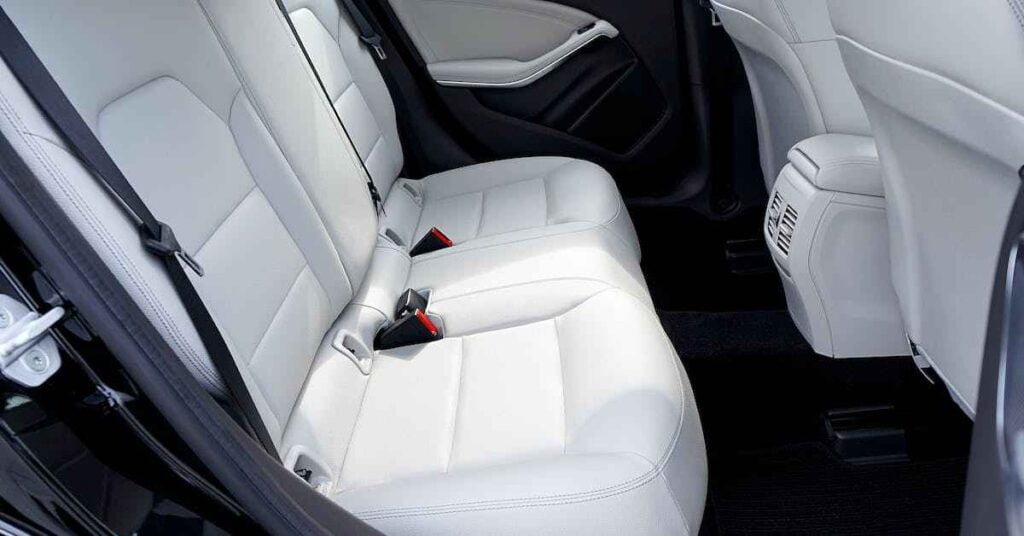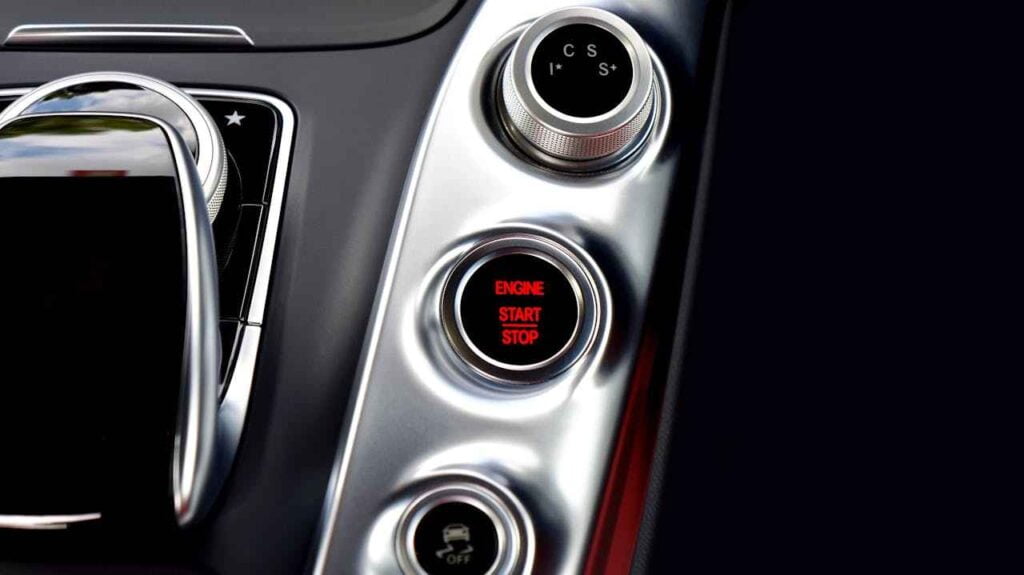Tires are an essential part of a vehicle’s mobility for achieving enhanced safety, performance, and fuel efficiency. Hence, overlooking your tire increases the risk of accidents for you and other road users. This article explores identifying and maintaining your vehicle recommended tire pressure (PSI for car tires) and other general tire maintenance to keep your vehicle safe on the road.
Tire Pressure PSI for car tires
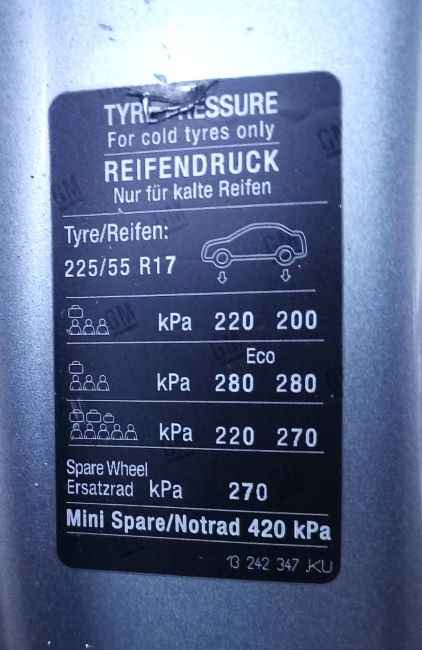
Tire pressure is measured in PSI (Pounds per Square Inch) or KPA (kilopascals). It is the amount of air pressure required to fill your tire. It is essential to maintain the recommended PSI for car tires to ensure vehicle safety, reduce fuel costs, and improve tire performance.
Tire inflation rates can vary depending on the vehicle make and model, weather conditions (hot or cold), tire size, and driving conditions like aggressive driving, heavy loads, high speeding, off-road driving, driving on uneven terrain, etc. Generally, for most passenger vehicles, the recommended pressure falls between the ranges of 32 psi to 35 psi (207 to 241 kPa). However, it’s essential to follow the specific recommendations for your vehicle to prevent overinflated or underinflated tires.
What is my Vehicle Recommended Tire Pressure
To know your vehicle’s recommended PSI, take a look at the information sticker located on the driver’s side door or consult your car user manual. You can also check PSI rating on the tire.
How to check tire pressure PSI?
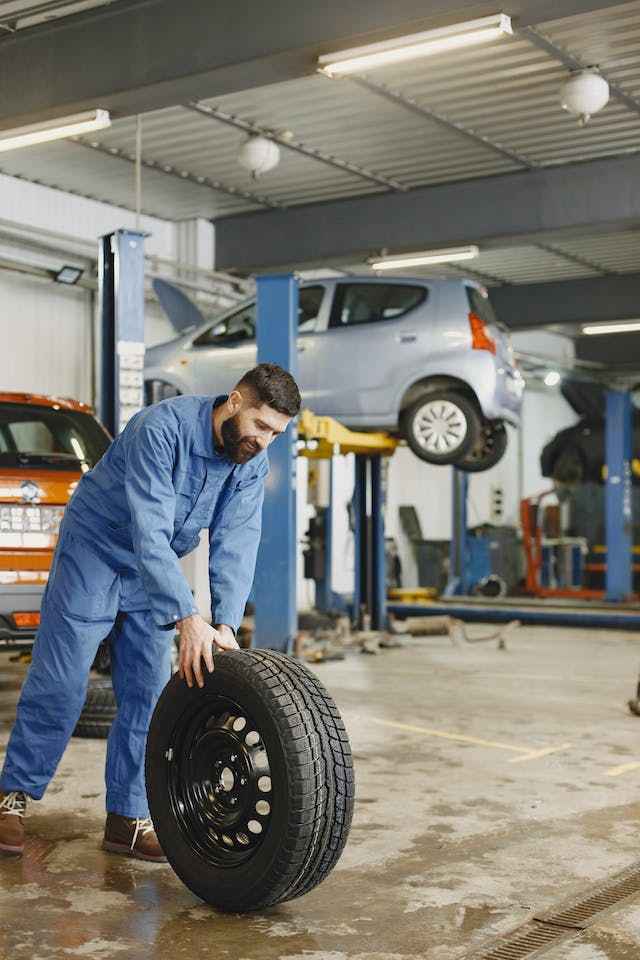
Well, you don’t have to be an expert to check your tire pressure; the good news is that most modern vehicles have a technology called the tire pressure monitoring system (TPMS), which provides the driver with correct tire pressure information for both the front and rear tires via a pictogram or low tire pressure warning light on the dashboard of the vehicle, so you don’t necessarily have to check it manually by yourself.
Again, while TPMS are fitted at the time of vehicle manufacturing, they can also be installed after the car is put to use, so you too can install them on your vehicle if they don’t come with it.
Apart from TPMS, you can also check air pressure in your tire using a tire pressure gauge. It comes in different kinds: manual or digital. I recommend that you use a digital pressure gauge because they are highly accurate and easy to read. Before using these gauges, make sure they have enough battery power, as a low battery can cause inaccurate readings. Aright. Before you check the tire pressure, wait for about three hours for the tires to cool if you have driven the vehicle recently.
How to use the digital Pressure gauge:
- 1. Take off the tire valve’s cap.
- 2. Firmly put the digital tire gauge on the valve.
- 3. Wait for a few seconds until you hear a beep before removing the gauge.
- 4. After you have heard the beep sound, remove the gauge and check the screen to see the pressure for your tire.
How to Use a Manual Tire Gauge
If you are using a manual tire gauge, follow the steps below:
- 1. Take off the tire valve’s cap.
- 2. Firmly press the gauge against the valve.
- 3. Hold the gauge for a little while, till the indication on the gauge stops moving.
- 4. Check the gauge’s indication to find the correct pressure.
- 5. Make sure you check the pressure on all the four tires.
Check if the pressure reading (PSI) matches the recommended tire pressure for your vehicle in the owner’s manual; if not, inflate your tires or underinflate tires accordingly.
How often should I check my tire pressure?
It’s recommended to check once a month tire pressure (PSI for car tires), before carrying heavy loads, and before embarking on a long journey.
Tire Alignment and Balancing
Tire alignment modifies the tire angles to provide better road contact with the road; on the contrary, tire balancing adjusts the uneven distribution of weight on your tires and wheel assemblies. These two different but correlated tire treatments offer a more comfortable ride.
You may want to ask about the Importance of tire alignment and balancing or how they are connected to tire maintenance.
Importance of tire alignment and balancing
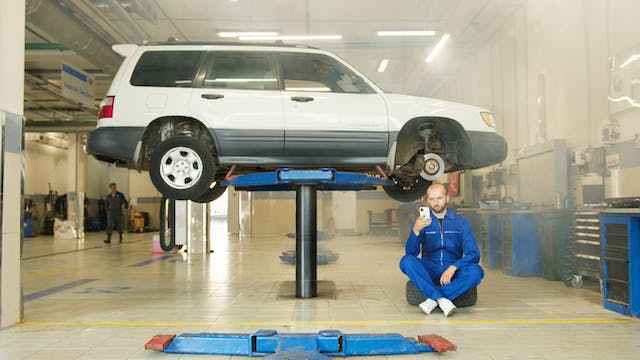
- Tire alignment and balancing services help to maintain an even distribution of weight on tires and wheel assemblies.
- Prevent vehicles from pulling in one direction while on the road.
- Tire alignment and balancing help to prevent premature and uneven tire tread wear,
- Wheel balancing enhances tire lifespan and overall vehicle performance,
- Tire alignment equally prevents strange noise and vibrations while driving, especially at high speeds, and
- Guarantees safety and a smooth ride.
Signs a vehicle needs tire alignment and balance service:
- Uneven and premature tire tread wear: A misaligned tire may be the cause if you see that one tire’s tread is wearing down more quickly or in a different way than the others.
- Vehicle pulling to one side of the road: When driving on a straight road and your vehicle tends to pull to one side, it is an indication that the vehicle needs alignment.
- Off Center Steering Wheel when you’re driving: If your steering wheel is off center when driving straight, it is also an indication that your vehicle needs alignment.
- Handling Issues: If you notice difficulty in steering or experience looseness in the steering wheel, this may be a sign of alignment problems.
- Steering Wheel Shake or Vibration: A shaky steering wheel or vibrations could indicate misalignment, especially at certain speeds.
- Squealing Tires: Squealing sounds are usually a result of excessive friction on tires that is caused by misalignment, so when you notice such while driving, just know that your vehicle needs alignment service.
If you suspect that your car needs tire alignment or balancing, it’s good to have it checked by a licensed service technician because it involves technicalities that can be best handled by a professional.
So, just pay attention to the signs listed above, and when you start experiencing them, it’s time to take your vehicle for a tire alignment and balancing service.
Regular and timely tire alignment and balancing services help to maintain your car tires and enhance their durability, the performance of your vehicle, and ultimately your safety.
Don’t overload and drive cautiously.
Avoiding overloading and driving responsibly are crucial practices that contribute to maintaining car tires. Every vehicle has a specified load capacity, which indicates the weight it can safely carry, including passengers and goods.
Exceeding the load capacity specified for your vehicle places excessive stress on your tires, generates more heat during driving, causes underinflation, accelerates tire wear, increases the risk of tire blowout, and ultimately causes tire damage.
Furthermore, driving habits have a significant impact on tire life. Avoid hitting potholes where possible, aggressive driving, sharp turns, and sudden stops to minimize tire wear and ensure a safer driving experience. Responsible driving also involves regularly checking and maintaining the recommended pressure.
Therefore, when you refrain from overloading and embrace safe driving practices, you may promote even wear, improve the life of your automobile tires, and lower the chance of anticipated tire problems.
FAQs
How often should vehicle tires be inspected?
It’s recommended that you check your tire pressure regularly at least once a month, before taking long journeys, and after striking obstacles. The age of your tires, the kind of routes you usually drive on, and driving conditions all affect how frequently you should have your tires inspected.

